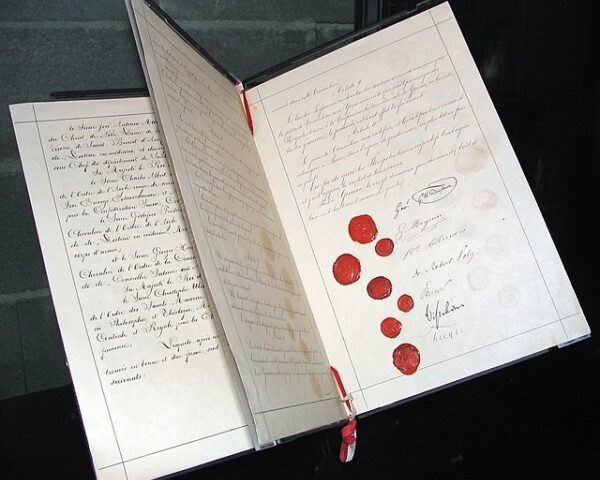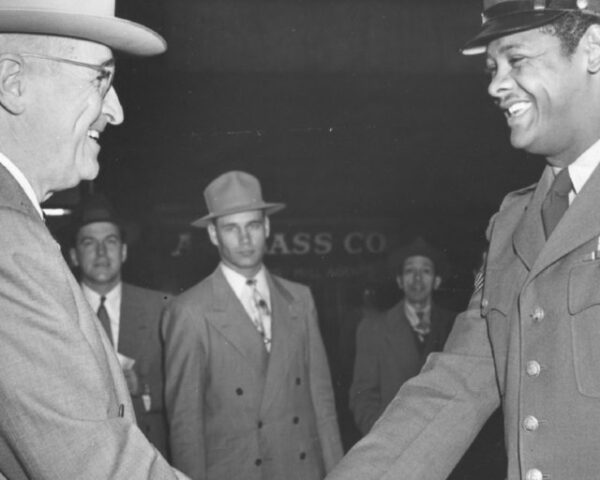The Mars Rover Curiosity, a marvel of modern space exploration, embarked on its journey to the Red Planet with a historic launch on November 26, 2011. Launched as part of NASA’s Mars Science Laboratory mission, Curiosity aimed to unravel the mysteries of Mars and answer questions about its past potential for life. This mission marked a giant leap in rover technology and space exploration.
Curiosity is not your average rover—it’s a scientific powerhouse weighing about 2,000 pounds (900 kilograms), making it the largest rover sent to Mars. Packed with a suite of advanced instruments, including cameras, spectrometers, and a drill, Curiosity was designed to analyze Martian rocks and soil to uncover clues about the planet’s geology and climate. Its mission is to seek signs of habitability and better understand the Red Planet’s intriguing history.
The November 26 launch served as a critical moment in Curiosity’s mission. The journey began with a powerful Atlas V rocket propelling the rover into space. The precision of the launch was crucial to ensure Curiosity’s safe arrival on Mars. This interplanetary road trip covered millions of miles and took several months, showcasing the intricate planning and execution required for such ambitious space missions.
After its months-long space voyage, Curiosity touched down on Mars on August 5, 2012. The landing was a spectacle in itself, involving a daring technique known as the “sky crane.” This innovative landing method gently lowered the rover to the Martian surface on a tether, showcasing the ingenuity and brilliance of NASA’s engineering crew.
The Curiosity rover, now a seasoned explorer on the Martian surface, is engaged in a multifaceted mission to uncover the geological and climatic history of Mars. Roaming the Gale Crater, Curiosity has been diligently analyzing rocks and soil to decipher the planet’s past and assess its potential habitability. Armed with a suite of advanced scientific instruments, including cameras, spectrometers, and a drill, the rover has made several groundbreaking discoveries since its touching down on the Red Planet.
The rover’s analytical tools allow it to study the composition of these rocks, providing insights into past water activity and the possibility of ancient microbial life. Additionally, Curiosity has been examining the planet’s atmosphere, monitoring seasonal changes and capturing detailed images to enhance our understanding of Martian weather patterns. As the rover continues its exploratory mission, it serves as a robotic geologist, unlocking the mysteries of Mars and expanding our knowledge of the Red Planet’s potential for sustaining life.






